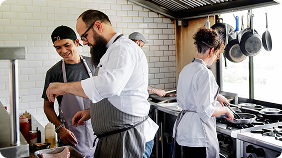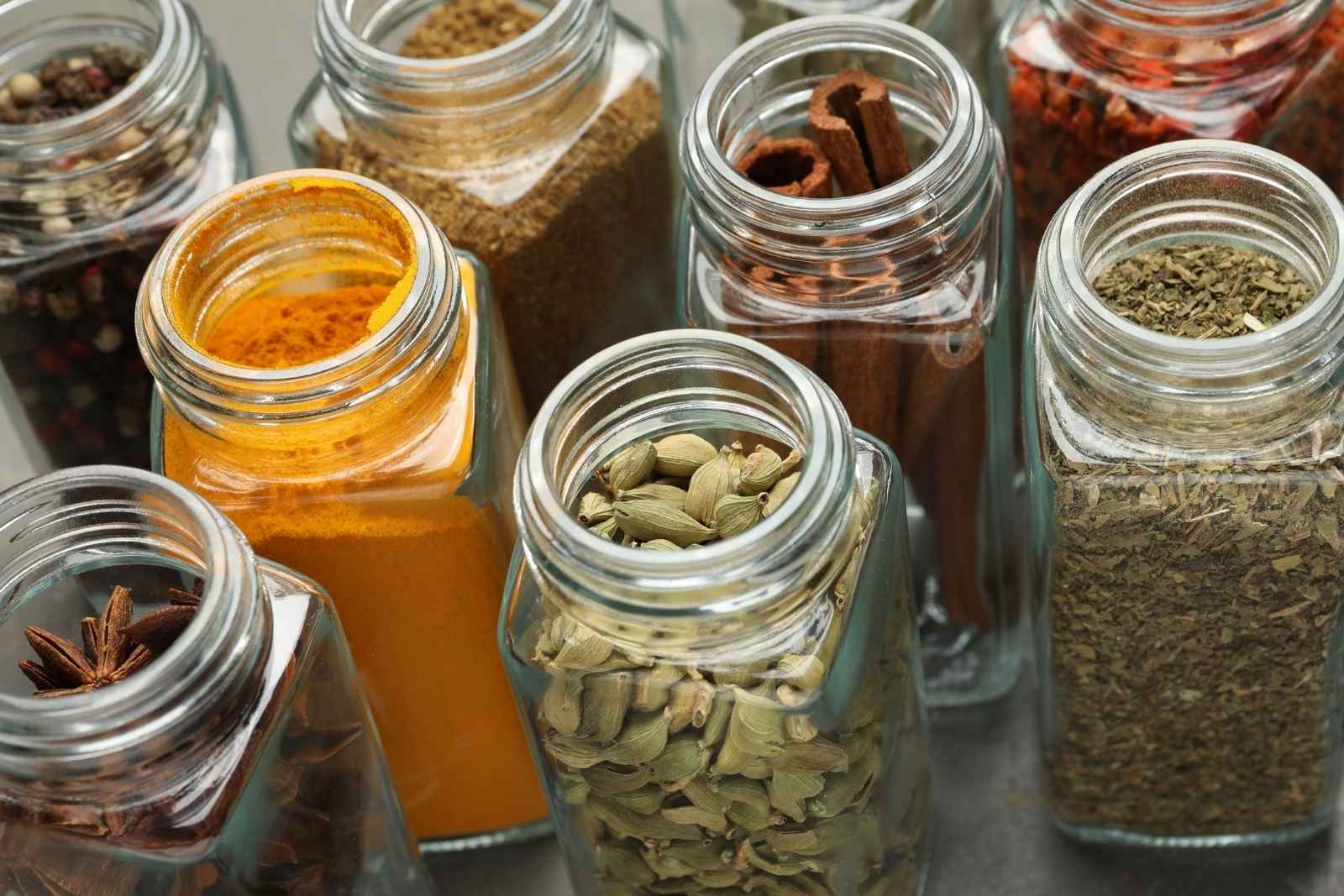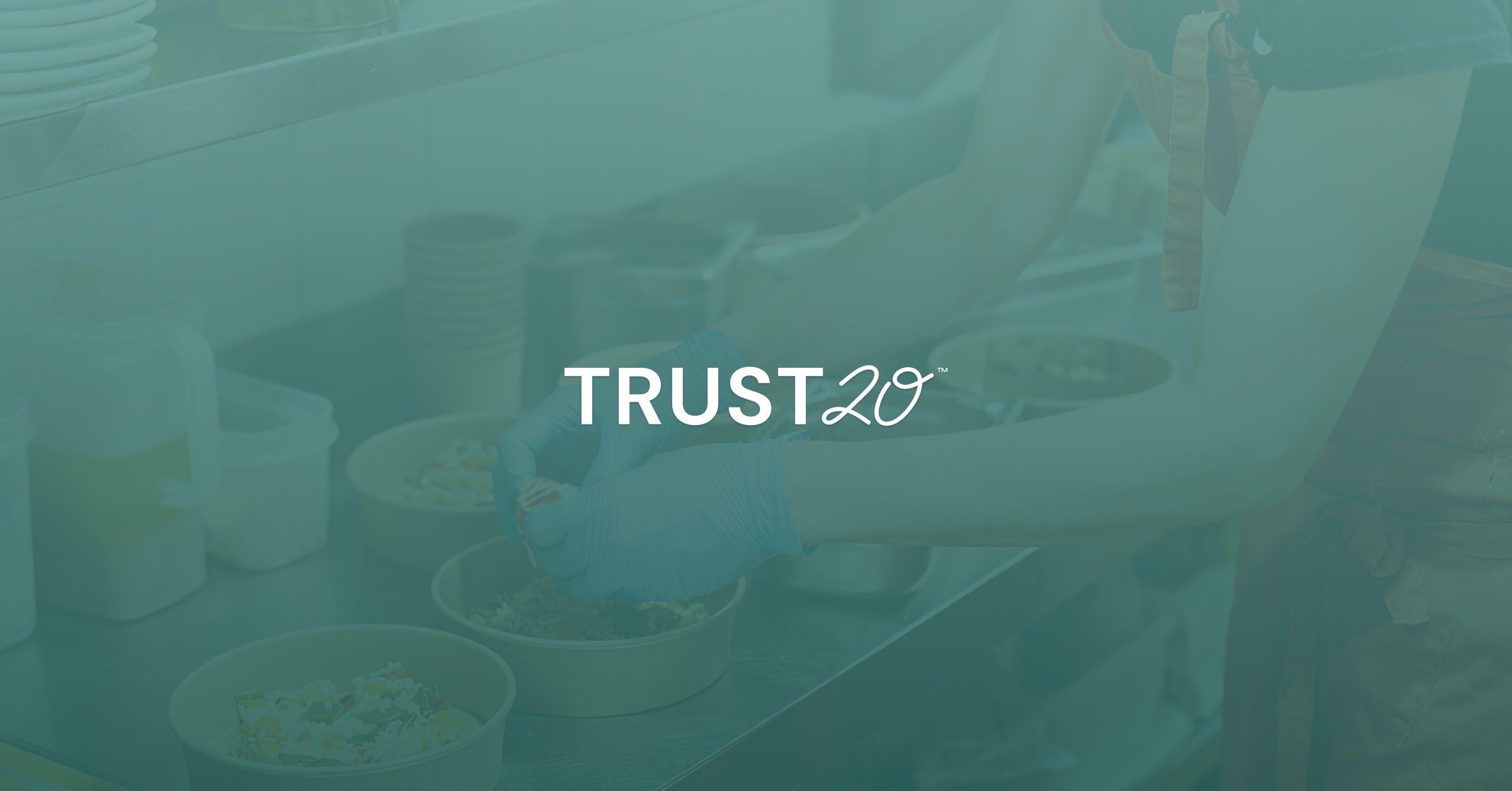You use them every single day, but have you ever considered that your favorite herbs and spices might come with an unwelcome surprise?
Despite popular belief, foodborne illnesses can exist on all kinds of foods–not just poultry or shellfish. Foodborne illnesses can hitch a ride on your favorite flavorful ingredients just as easily as they can on other foods, and it’s a risk that many foodservice professionals simply do not know about.
Contaminated herbs and spices can pose a serious threat to your establishment’s safety standards and reputation. A single instance of food contamination could lead to sick customers, negative reviews, or worse, a surprise visit from the health department.
While herbs and spices might seem too innocent to cause such havoc, the truth is they’re just as susceptible to contamination as other ingredients.
Case in point? In July 2024, the FDA issued a recall of ground cinnamon due to lead contamination. In 2021, a series of Consumer Reports tests found that 40 out of 126 different herbs and spices contained excessive levels of cadmium, lead, and arsenic.2
If you’re a foodservice professional, serving safe, high-quality meals is non-negotiable. Knowing the risks associated with every ingredient—from meat to minced garlic—can protect your customers (and your bottom line).
What makes herbs and spices risky?
How do herbs and spices become contaminated?
What is the impact of contaminated spices?
What best practices keep herbs and spices safe from contamination?
What makes herbs and spices risky?
Herbs and spices go through a complex lifecycle before they reach your kitchen. Contamination can creep in during harvesting, drying, processing, transportation, or packaging. Ingredients sourced from multiple regions or countries might have been poorly handled at some point in the supply chain (as was the case with the heavy metals contamination events discussed in the introduction to this article).
Beyond that kind of contamination, other common culprits include Salmonella and E. coli, both of which can survive in dry environments for surprisingly long periods. Allergens are another source of cross-contamination.
For example, a major recall of cumin in 2015 was linked to peanut contamination, while another in 2023 was caused by Salmonella.3, 4
These two events remind us that spices and herbs, despite their low moisture content, can still harbor harmful pathogens.
Even something as simple as black pepper, paprika, or dried oregano could carry contaminants capable of causing deadly foodborne illnesses if left unchecked. Chances are, that’s a gamble you’re probably not willing to take.
How do herbs and spices become contaminated?
Herbs and spices may seem harmless, but their versatility also hides a few vulnerabilities.
Poor hygiene practices, animal activity, or even unclean irrigation water can introduce pathogens during cultivation. Contaminants can persist throughout the drying and storage process, especially when workers inadvertently expose spices to humid or unsanitary conditions.
Improper handling during processing is another weak link. Think about teams using shared equipment to grind multiple ingredients without proper cleaning in between, creating a playground for cross-contamination. The peanut cross-contamination event we described above is a perfect example of this improper handling.
Combine subpar storage practices, unexpected moisture, and dried herbs, and you have a recipe for bacterial survival. Once that supply arrives at your establishment, careless handling or improper container sealing can undo even the most stringent supply chain checks.
To make matters worse, contamination in herbs and spices often goes unnoticed due to their dry nature. Unlike fresh produce that spoils (and does so quite obviously, showing signs like an off-putting smell, mold, or decay), spices can sit on a shelf for months, quietly carrying harmful bacteria waiting for a chance to strike once you sprinkle them onto food.
What is the impact of contaminated spices?
Overlooking food safety in herbs and spices is potentially devastating. Contaminated spices can result in severe illnesses among unsuspecting customers.
Salmonella and E. coli infections range from mild discomfort to severe conditions, particularly in vulnerable groups such as children and older adults. No business wants to take credit for causing a food poisoning outbreak.
Beyond the health risks, contaminated spices can have long-term consequences for your brand. A single negative experience can lead to negative word-of-mouth, bad press, or poor online reviews, all of which can prompt customers to switch to your competitors.
Rebuilding consumer trust isn’t easy, and for small to medium-sized businesses, a tarnished reputation can be hard to salvage.
Then there are the financial impacts. Food recalls, legal fees, and health department citations are costly. If spice-related contamination leads to illness, lawsuits from affected individuals could add another layer of financial strain.
What best practices keep herbs and spices safe from contamination?
This domino effect described above is, fortunately, entirely avoidable. And why wouldn’t you take the proper steps to avoid it? Nobody wants to see their once-thriving business taken down by the salt and pepper shakers, so make sure this doesn’t happen to you.
Here are some tips:
Store spices and herbs properly
Store your spices and herbs improperly, and you’re practically inviting pathogens into the kitchen.
Careless handling can allow moisture to sneak into your jars, leading to mold or bacterial growth. Always store your spices in airtight containers. Keep them in a cool, dry area, away from direct sunlight, heat sources, and steamy environments. You’ll extend their shelf life while also making them safer to use!
Make expiration dates matter
Herbs and spices lose their potency over time, but did you know they can also become unsafe to use? Old spices may harbor bacteria if stored in poor conditions.
To mitigate this risk, establish a habit of regularly inspecting expiration dates. If the date has passed, toss the container. Check for irregularities such as clumping, unusual odors, or discoloration.
When something feels off, it probably is. Replace those spices rather than taking unnecessary risks.
Vet your suppliers carefully
One of the best ways to minimize risks is to source your herbs and spices from trusted, reputable suppliers that adhere to strong food safety standards.
Don’t just look at price charts when choosing who to buy from. Ask potential suppliers about their testing and quality control processes.
Do they screen for contaminants? Are they transparent about their sourcing practices?
Choosing the lowest price might save you money upfront, but it could ultimately cost you more if safety gaps lead to issues.
Stop cross-contamination before it starts
Cross-contamination doesn’t just happen with meat or dairy. The tools and surfaces that come into contact with your spices are just as important for you to monitor.
Train your staff to use clean, dedicated utensils or their hands when scooping spices. Never scoop directly from the container with dirty fingers or use damp measuring spoons, as moisture is a gateway for contamination. Additionally, designate specific zones or containers to prevent the accidental mixing of allergens or contaminants.
Train your team
All the protocols in the world won’t matter if your staff isn’t on the same page. Educating your team about the risks of mishandling herbs and spices is crucial. Show them how to store, inspect, and handle spices to eliminate risks, and conduct routine checks on practices and address any gaps you find.
Clean spaces equal safe spices
Spices often come into contact with the same prep areas as other food items, so cleaning and sanitization need to happen more often than you think.
Ensure that all your spice containers, countertops, and storage areas are cleaned regularly with food-safe cleaners. Don’t forget to check high-touch zones, such as lid tops and storage shelves. Following these proper hygiene steps reduces the chance of bacteria transfer and keeps your operations neat and safe.
Make sure your spices are all flavor, no danger
The good news? The information above may be scary, but many of these risks are well within your control.
If you want to continue dazzling customers with exceptional meals (without compromising on quality or safety), follow these tips. The health of your customers and the strength of your reputation rest on the choices you make in every ingredient, including that pinch of parsley.
It’s time to give your herbs and spices the attention they deserve in your food safety protocol because the smallest ingredients can have the biggest impact. Do right by your diners and your brand by maintaining the highest standards in your kitchen practices and ingredient sourcing.
Managing spice safety can feel like an extra responsibility in an already busy kitchen, but it’s one worth prioritizing. If you need help upgrading your food safety protocols (and making sure your team is all on the same page), give training with Trust20 a try.
Whether it’s a pinch of oregano or a teaspoon of cinnamon, sometimes food safety lies in the very tiniest of details–and you never want to leave the details to chance!
Sources:
1. Newsweek: 'Discard These' Unsafe Kitchen Spices Warns FDA Amid Fresh Recalls
2. Consumer Reports: Your Herbs and Spices Might Contain Arsenic, Cadmium & Lead
3. Food Safety Magazine: A Look Back at 2015 Food Recalls
4. Food Safety News: Cumin recalled in 16 states after testing finds Salmonella






.png)

.png)
